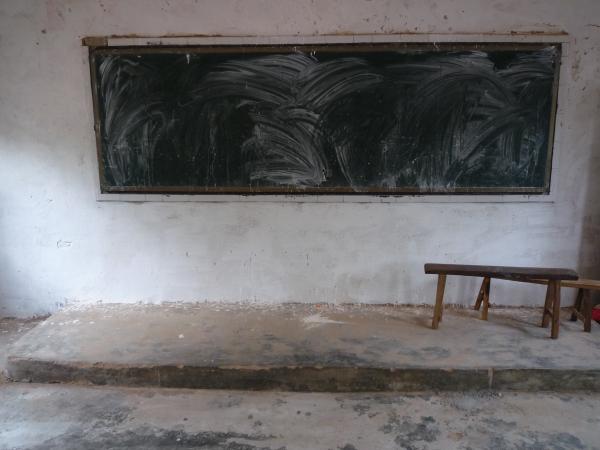
Online platforms that allow user-generated content should take advantage of the safe harbor provisions of the Digital Millennium Copyright Act (DMCA), which protect the platform in the event of a third party claim of copyright infringement over the user-generated content. But the recent case of BWP Media USA, Inc. v. T&S Software Associates, Inc., 2016 WL 1248908 (N.D. Tex., March 25, 2016) shows that a platform may still avoid liability for infringement even if it has not availed itself of the benefits of the DMCA.
Plaintiff copyright holders sued defendant online forum board operator for direct and vicarious copyright infringement, over photos uploaded by users of the online forum board. Defendant moved for summary judgment. The court granted the motion. The defendant successfully defeated these claims of copyright infringement even though it had not met the DMCA safe harbor requirement of designating an agent with the Copyright Office to receive takedown notices.
Direct Infringement
The court found there was no triable issue on plaintiffs’ claim that defendant was liable for direct infringement, because the parties did not dispute that defendant played no direct role in uploading the photos. Citing the seminal case of Religious Tech. Ctr. v. Netcom OnLine Comm’cn Servs., 907 F, Supp. 1361 (N.D.Cal. 1995), the court observed that “making an internet company liable for direct copyright infringement simply because it gave users access to copyrighted material posted by others would create unreasonable liability.”
Vicarious Liability
A defendant may be vicariously liable for copyright infringement where it “profits directly from the infringement and has a right and ability to supervise the direct infringer, even if the defendant initially lacks knowledge of the infringement.” Metro-Goldwyn-Mayer Studios, Inc. v. Grokster, Ltd., 545 U.S. 913, 930 (2005). In this case, the court found that although plaintiffs contended that (1) the copyrighted photographs were displayed alongside paid advertising, (2) defendant received revenue from the paid advertising on its forum, and (3) the revenue received was based, in part, on the website traffic, plaintiff failed to point to any evidence in the record showing that defendant directly profited from the infringing conduct.
Observation: DMCA Safe Harbor Not Needed Here
Online service providers that make their platforms available for the storage of user-generated content (even if such ability is trivial, e.g., allowing users to upload profile pictures) are encouraged to take the appropriate steps to place the service provider within the protections of DMCA safe harbor. These steps include providing appropriate information in the platform’s terms of service, employing internal processes to handle takedown requests and repeat infringers, having a plan in place for dealing with counternotifications, and designating an agent with the Copyright Office to receive takedown notices. Being in the safe harbor means that the service provider has an affirmative defense if it is sued by a third party copyright holder for infringement causaed by the platform’s users.
Many have mistakenly believed that if a service provider fails to get safe harbor protection, it is automatically liable for infringement occasioned by user generated content uploaded to the service. That is not true, and the BWP Media case serves as an example. A copyright-owning plaintiff must still establish the elements of infringement against the service provider — whether for direct infringement or under a theory of secondary liability (like vicarious infringement) — even if the defendant does not find itself within the DMCA safe harbor.
BWP Media USA, Inc. v. T&S Software Associates, Inc., 2016 WL 1248908 (N.D. Tex., March 25, 2016)
![]() About the Author: Evan Brown is a Chicago technology and intellectual property attorney. Call Evan at (630) 362-7237, send email to ebrown [at] internetcases.com, or follow him on Twitter @internetcases. Read Evan’s other blog, UDRP Tracker, for information about domain name disputes.
About the Author: Evan Brown is a Chicago technology and intellectual property attorney. Call Evan at (630) 362-7237, send email to ebrown [at] internetcases.com, or follow him on Twitter @internetcases. Read Evan’s other blog, UDRP Tracker, for information about domain name disputes.


